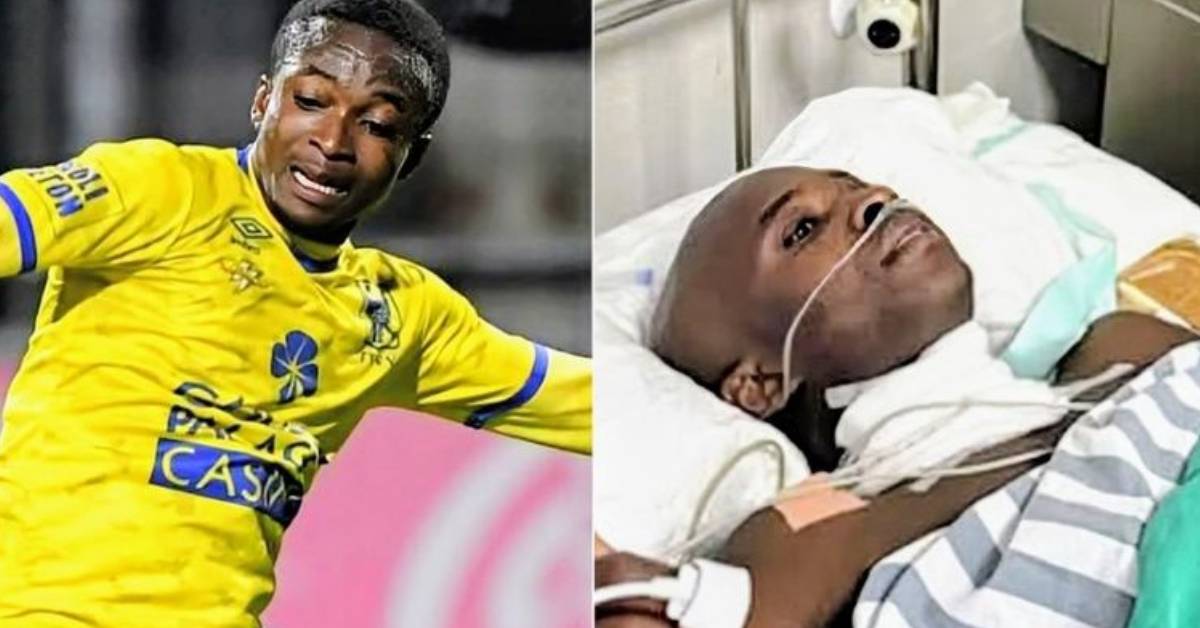In a heartbreaking incident during a Chinese league match, Samuel Asamoah, the Togolese international currently playing for Guangxi Pingguo, suffered a severe neck injury that has sent shockwaves through the football community. The 31-year-old was involved in a tragic collision with a advertising board, raising grave concerns about the potential for lifelong disability.
A Dramatic Turn of Events
The incident occurred on Sunday as Asamoah attempted to shield himself from an approaching ball while being challenged by an opponent. In a desperate bid to avoid contact, he fell headfirst into a panel situated perilously close to the touchline. Disturbing footage of the event shows him trying to brace for impact with his hands, but the force of the collision was devastating.
Medical examinations have revealed that Asamoah faces serious injuries including cervical vertebra dislocation, multiple fractures, and nerve compression. Doctors have warned that he is at risk of severe paralysis, a prognosis that has left fans and fellow players deeply concerned for his future on and off the pitch.
A Community in Shock
This incident has not only drawn attention to Asamoah’s plight but also highlighted broader issues within African football regarding player safety and welfare. Asamoah, who has proudly represented Togo on six occasions, is revered in his home country and among fans across Africa. His potential absence from the game could resonate profoundly within local leagues and national teams aiming for success in upcoming tournaments.
The football community is rallying around Asamoah, with messages of support pouring in from fans, teammates, and former players alike. Many are using this moment to advocate for enhanced safety measures during matches, especially in leagues where infrastructure may not meet international standards.
Tactical Reflections on Player Safety
This shocking incident brings to light critical discussions surrounding player safety protocols in African leagues. While many players aspire to compete internationally and bring glory to their nations—such as during major tournaments like the AFCON—the risks they face must be acknowledged and addressed.
In tactical terms, the physicality often seen in African football can lead to heightened risks of injury; thus, better training methods and protective measures are essential for reducing such incidents. Clubs need to invest in ensuring that their facilities meet safety standards that protect their players from preventable accidents.
The Road Ahead: Hope for Recovery
The immediate focus remains on Samuel Asamoah’s health as he begins his recovery journey. While there is uncertainty about his playing future, it is crucial that he receives all necessary support during this challenging time. His case serves as a reminder of the fragility of athletic careers and underscores the need for robust medical care within all tiers of football.
As fans eagerly await updates on his condition, there is hope that Asamoah can inspire change in player safety protocols across African leagues while also serving as a beacon of resilience for young athletes dreaming of stardom.

Leave a Reply